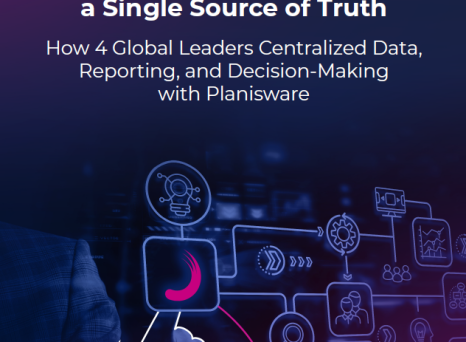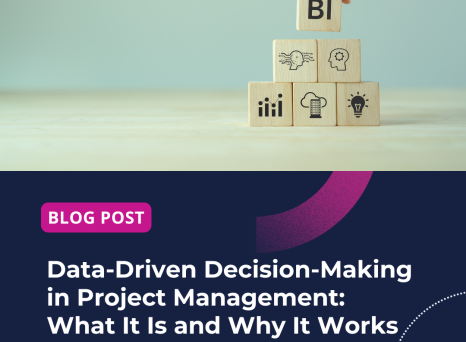A project or product manager's work is made of hundreds of decisions, sometimes big (should we choose this technology or that one), most often small. And as you move up in the hierarchy, your job becomes increasingly about making decisions, sometimes at the drop of a hat.
For this reason, being good at making decisions is really important. To improve your decision making, we've rounded up some of the best resources from around the web, and after studying some of these resources, you'll start to question why you never made this skill a priority at the start of your career. So with so many decisions to be made in our daily lives why do we not practice decision making?
Why we often make bad decisions
- This Mckinsey articles dives into the constraints holding back top strategic decisons concluding that if managers want better decisions they've got to plan better meetings read time: 14 mins. The take home advice is that everyone wants to be in the loop but if they have no role in the decision making process they should not be in the meeting.
- Mikael Krogerus & Roman Tschappeler comically reveal typical problems like TMI (too much information), PDF (post‐decision feeling) and the truth about perfection (that no one has ever seen but is rumoured to exist just like the Loch Ness monster) watch time: 18mins. In fact, the irrational nature of humans, creates invisible obstacles that hinder our decisions from the outset.
- The research behind the problem of TMI is revealed in this HBR article with Ed O'Brien illustrating through scientific experiments how we use less information to make decisions than we think read time: 6mins. Ed explains how the information age has given us data at our disposal but the reality is that our minds are made up long before we make it through all the evidence.
Understanding the reason behind poor decisions is great and gives you a great bases to devlop an awareness of these problems going forward. Now let's dive into some techniques to fine tune those decisions.
3 ways to make better decisions
- Mathew Confer gives us three ways to make better decisions based on processes that have been tried and tested watch time: 13mins. From the story behind the cobra effect to the decision process behind Captain sully's miracle landing in the hudson river, Confer uses vivid illustrations to show us the power of this simple three step process to give us a basis for educated decisions.
- A little more science rather than art is always welcomed into the decision making process and Tom Griffiths gives us another 3 ways to make better decisions but this time by thinking like computers watch time: 12mins. As a computational cognitive scientist, he explains how practical and evidence based research can be transferred into real life situations, mentioning the explore-exploit tradeoff, the noguchi filing system and how the 37% rule will make your next house search a little less stressful.
These tips gives us a great push in the right direction, but to really evaluate and make noticeable improvements in your decisions we need some sort of software right? Not exactly. In fact, Nobel Prize winner Daniel Kahneman argued that a cheap notebook from your local drugstore is the best solution to improve decision making.
Tools for better decision making:
- Hundreds of experiments were carried out by Erik Larson at Harvard Business Review and the resulting tool was a simple checklist for making better and faster decisions read time: 5mins. Larson also debunks the pros and cons list, concluding that this old school method was based on the theory that poeple make rational choices when given good information.
- Also covered in depth in this farnam street blog read time 6mins, the decision journal aims to uncover an hidden biases that consistently scew our thought process and ultimately tests the quality of your decisions by investigating the process you used to make them. Solely being aware of the hindsight bias that enters into these decisons will not give you a free pass to move on from you journal. Effective decision making will depend on consistent use of the journal, as these biases do not just go away once we know they exist.
Decision making is not case of "when you're good, you're good". Decision performance must be measured and we must acknowledge that our psychology will always lead us astray. Therefore, we must use simple and practical processes to ensure decisions are not made on a gut feeling but rather on a tried and tested method designed for optimal impact and results.


